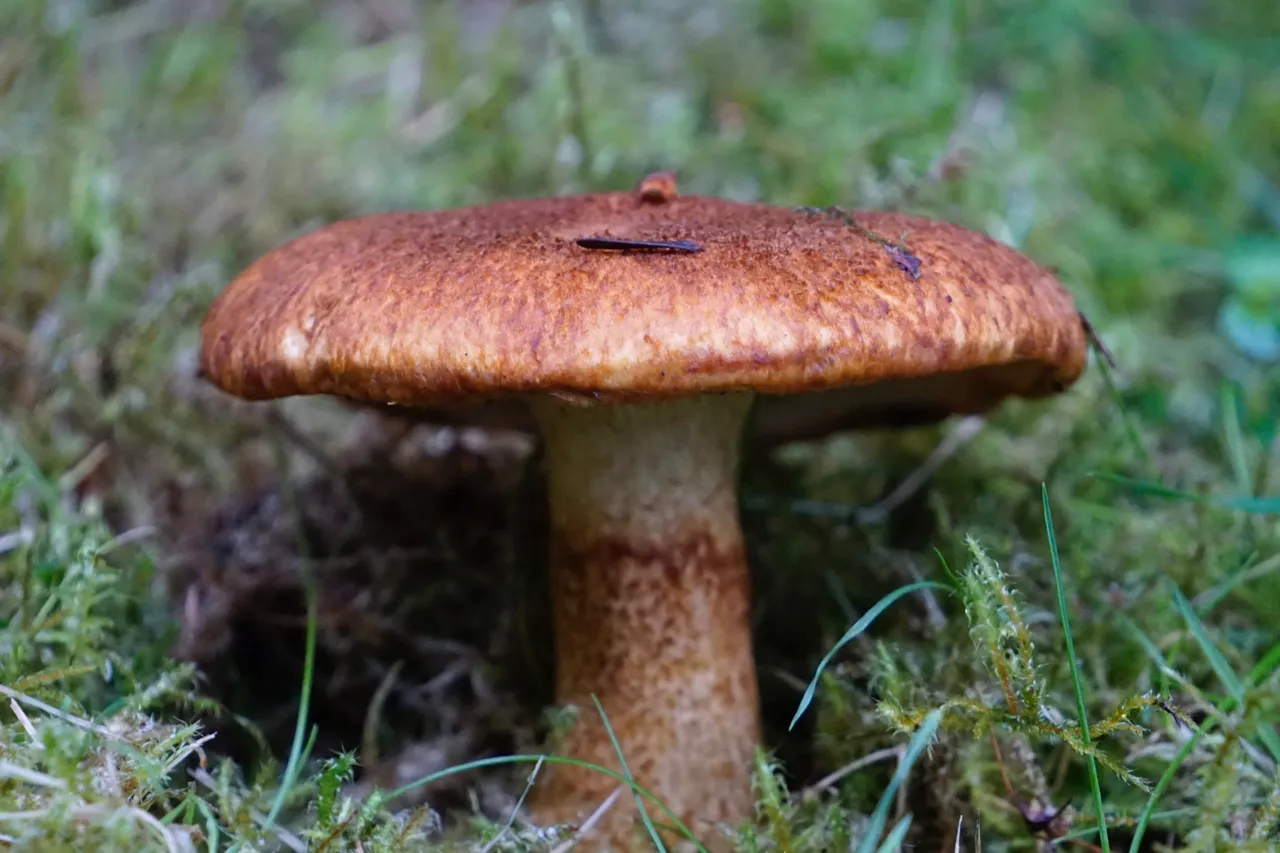Hey dear community, I hope you have a week which is full of interesting experiences so far! In my new post I would like to go into nature and introduce a mushroom in more detail and am happy if you can learn new things.

Slowly the main season for collecting mushrooms is coming to an end and I recently took pictures of Hollow bolete which is also known under the scientific name Suillus cavipes. The Hollow bolete is an edible mushroom which is also suitable for drying and if you want to preserve the mushroom for a longer period of time and make sure that the maximum aroma is kept, you should pay attention to dry it gently, but mushrooms can also be dried fast and there are a lot of possibilities, for example, a drying machine or an oven which is set to low temperature, but it is important to note that a fast drying process results in the loss of quality. Freezing can also be interesting for the purpose of preservation, but it is of course best to consume the mushroom fresh and before that it should always be heated sufficiently to avoid possible intolerances and in general, it can be said that unlike other mushrooms of the genus, it is very well tolerated and it can only happen in rare cases that some people do not tolerate it. The typical collection period starts from September and with a little luck it can still be found until the end of October and this is of course always dependent on the region as well as the weather that prevails there and in some areas, it can be found frequently while in others it is becoming increasingly rare and if this is the case, the collection should be dispensed with to protect the stock.

Even if it is rare in some areas, it is generally a fungus that is not endangered and widespread and the Hollow bolete is mainly widespread in Europe as well as some parts of America or Asia and it can typically be found in forests where many larches grow because the fungus goes into symbiosis with this type of trees to exchange nutrients. It can often be found in mountain areas where many larches and a non-calcareous soil can be found and one of the most important distinguishing characteristic is the stem which is hollow inside and therefore the fungus is also slightly fragile from the structure and the flesh has a white to yellow color and does not discolor by touch as others do. In itself it's relatively easy to recognize but this always depends on the degree of experience of the collector and there are also some partners with which it can be confused and the most clear characteristic is the hollow stem and as always, I would like to mention at the end that someone should always be careful when searching and if someone does not know a specimen, should always get additional advice or simply leave the mushroom standing.

Thanks a lot for stopping by and I hope you could learn something new about nature! I captured these pictures with my Camera Sony Alpha 6000 plus 55-210 mm lens.